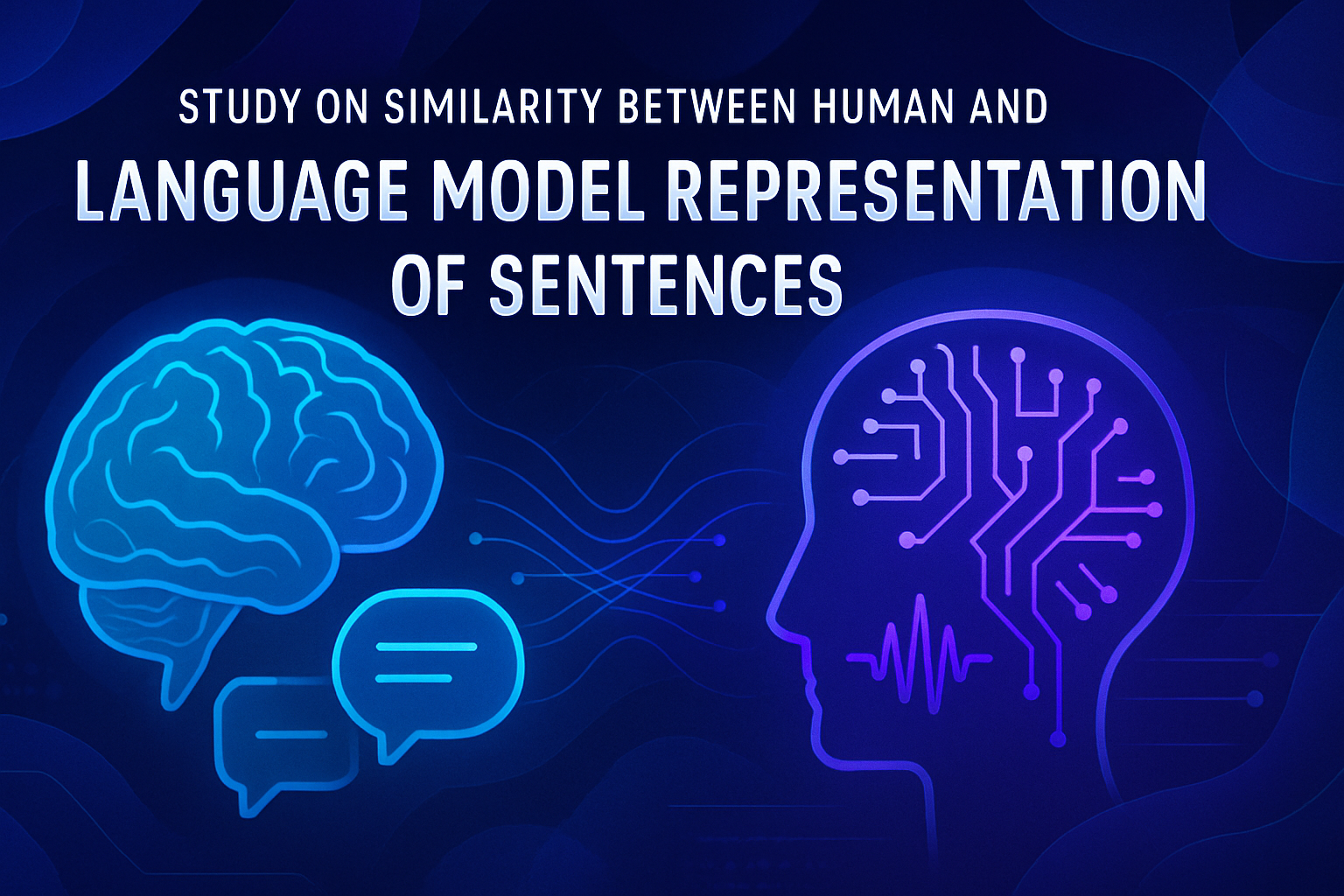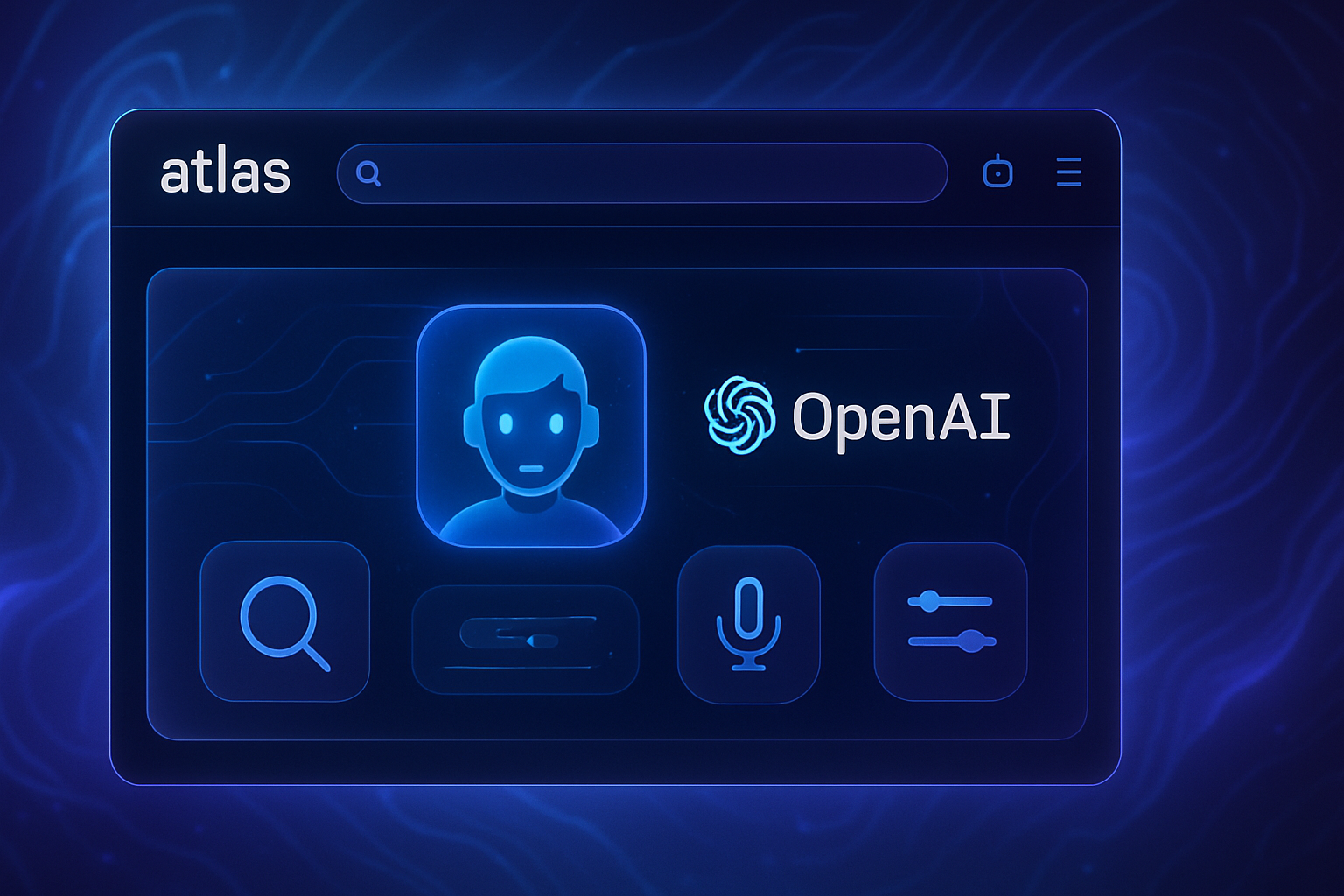A recent research highlights a fascinating similarity between the cognitive representations of humans and advanced language models. This innovative work reveals how the mechanisms of linguistic processing converge despite evidently distinct cognitive structures. The scientists designed a task specifically to assess how these entities, human and artificial, interpret sentences and activate similar syntactic representations. This study has the potential to profoundly illuminate the fields of linguistics, psychology, and artificial intelligence, opening up unprecedented perspectives.
Study on Sentence Representation by Humans and Language Models
Researchers from Zhejiang University conducted a fascinating study on how humans and language models, including ChatGPT, represent sentences. The research, published in Nature Human Behavior, reveals that both groups adopt similar processes when it comes to processing and shortening sentences.
Design of the Experiment
The authors of the study designed an innovative task involving 372 human participants, native Chinese, English speakers, or bilinguals. Participants faced a linguistic exercise, also executed by ChatGPT, consisting of removing words from a sentence. Each experimental trial showed a unique demonstration, allowing both participants and ChatGPT to infer the rule to apply during this removal.
Results and Interpretations
The results indicate that humans, just like ChatGPT, tend to remove constituents rather than non-constituent word strings. This finding reveals similarities in the internal representations of sentences, oriented by language-specific linguistic rules. The data showed that the language models replicate a syntactic structure corresponding to established linguistic theories.
Performance Evaluation
The performance of human participants was compared to that of ChatGPT, involving a total of 30 human subjects and 300 trials carried out by the model. The results point towards a shared understanding of the noisy structure of language between the two entities, thereby expanding our knowledge of the cognitive processes involved.
Implications for Cognitive Science
According to the authors, verifying the underlying constituent tree structure from the deleted word strings suggests that both humans and language models are guided by latent syntactic representations. The analogy between the cognitive processes of humans and those of ChatGPT opens promising avenues for deepening our understanding of linguistic mechanisms.
Future Perspectives
The results encourage the exploration of similar tasks to continue examining linguistic representation patterns in language models and humans. Future studies could build on the word deletion task developed by the research team while considering new investigation paradigms. Research on the interaction between humans and language models constitutes a fascinating and dynamic field.
To learn more about language models and their influence on communication, you can check resources such as: Explore the latest language models, GitHub enriches its offering with several models, and Hugging Face partners with Groq.
FAQ on the Study of Sentence Representations by Humans and Language Models
What is the main conclusion of the study regarding the representation of sentences by humans and language models?
The study reveals that humans and language models, like ChatGPT, tend to delete words similarly when asked to shorten a sentence, suggesting similarities in their sentence representation.
What methods were used to test sentence representation in this research?
The researchers designed a task where 372 human participants and the ChatGPT language model had to remove words from a sentence by inferring specific rules, thus allowing analysis of syntactic representation.
What differences were observed between the performances of human participants and those of language models?
Although humans and LLMs showed similar behaviors in word removal, there are nuances based on the languages used (Chinese or English) and how each group applies the specific rules of those languages.
Do the results of the study contradict previous linguistic theories?
No, on the contrary, the results appear to be aligned with linguistic theories as both humans and LLMs seem to remove complete grammatical units rather than random word sequences.
How does the study contribute to our understanding of human cognition and artificial intelligence?
It provides insights into how humans and language models encode and decode language, which can help refine cognitive research and in the field of artificial intelligences.
What are the next elements researchers are looking for after this study?
Researchers are considering conducting further studies to explore more deeply the patterns of linguistic representation of LLMs and humans, potentially using innovative paradigms.






